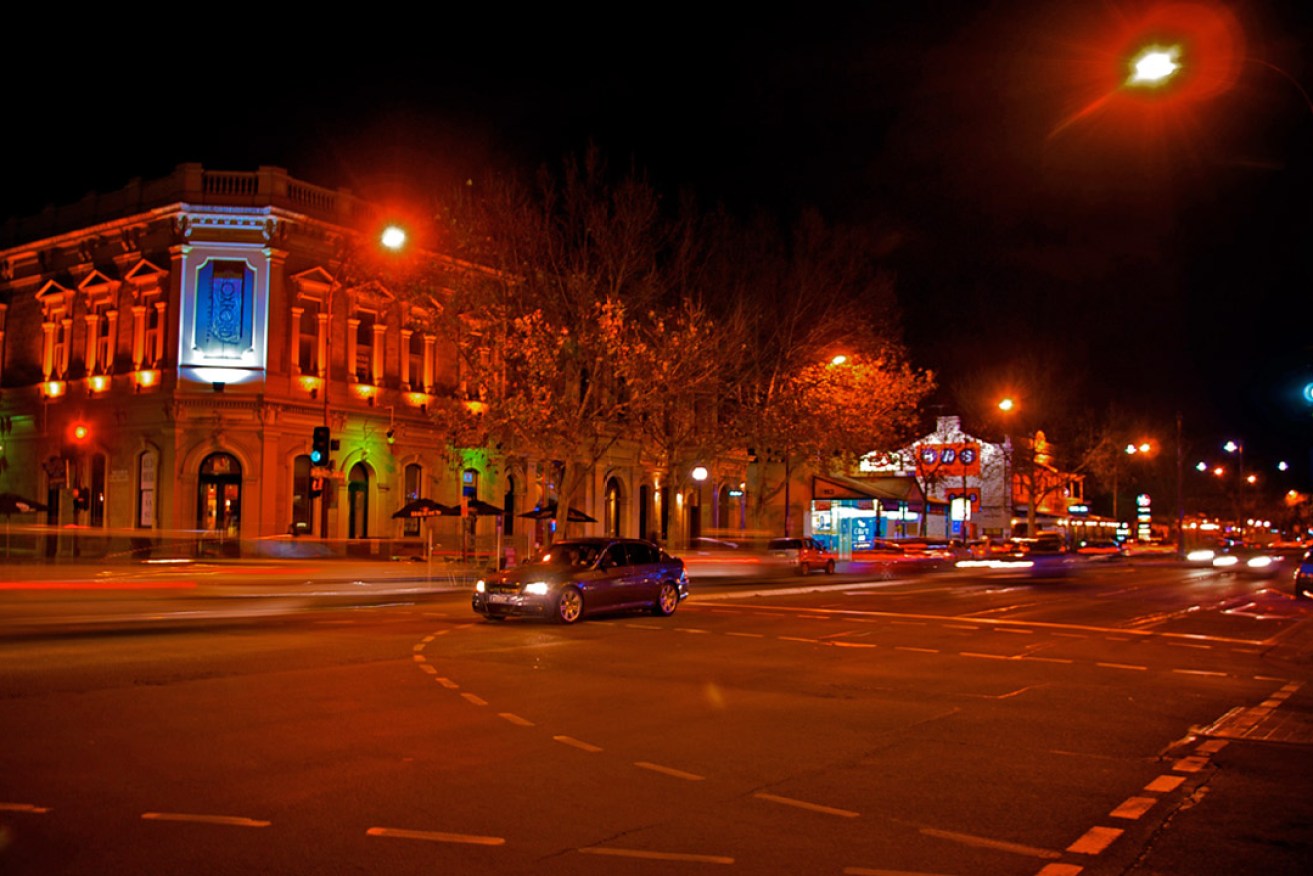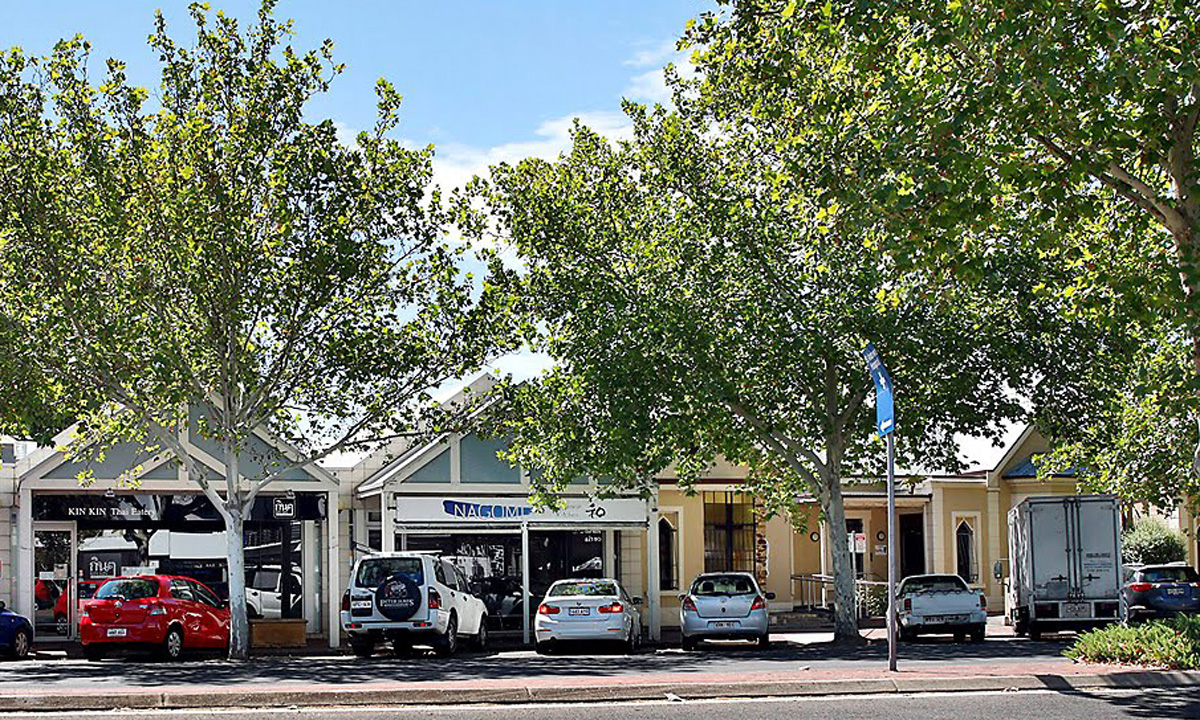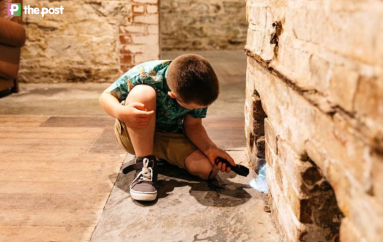Call for state, federal cash to give worn city streets a facelift
Adelaide City Council is considering calling on the state and federal governments to fund upgrades of Melbourne, O’Connell and Hutt streets to avoid having to dip into its own pockets in the wake of COVID-19.

O'Connell Street at night.
City councillors last night discussed a series of proposed infrastructure upgrades and streetscape facelifts along the three main retail and hospitality strips to boost patronage and reduce ballooning vacancy rates.
The council budgeted $370,000 for the masterplanning process, with upgrades expected to begin as early as July.
But the cost of completing the work is still unknown, with the council yet to finalise its 2020-21 budget.
Planning, design and development associate director Shanti Ditter said the council was currently “looking at opportunities to seek funding from other sources”, including the state and federal governments.
“We certainly have that in our line of sight in terms of an opportunity to try and deliver some of this work without having to dip into our own pockets,” Ditter said.
“Council has an enormous advocacy role to play within each of the precincts… (including) trying to promote development to grow the population in each of these localities.
“We are consciously aware that we perhaps need to turbo-charge the advocacy piece to the next level to promote these streets so that we can be better placed to support the businesses as the world reveals itself in a different suit, so to speak.”
It comes after the council decided last week to ask the state and federal governments and metropolitan councils to chip in funding to redevelop the North Adelaide Aquatic Centre.
The council’s design principal Grace Lin said Melbourne, O’Connell and Hutt Streets had been impacted by static population growth, deregulation of shop trading hours, online shopping and increased competition from suburban retail precincts.
Last year, the streets had combined vacancy rates of between 11 to 16 per cent, compared to a citywide average vacancy rate of ten per cent.
“We are seeing some comments around the streets being tired and outdated,” Lin said.
“Main streets as retail precincts are no longer a day-to-day necessity but are becoming more of a leisure experience where a range of other offerings such as food, entertainment, cultural experiences, opportunities to socialise and other specialist services are now expected.”
The council plans to start “quick wins” in the first quarter of the new financial year, including removing fixed outdoor dining furniture and underutilised signage and street furniture, renovating shop fronts, installing better lighting and art installations, and planting more foliage.
Marketing campaigns will also be launched to “celebrate the unique offerings of each of the streets”.
The council is yet to determine the scope of the longer-term upgrades, which are likely to start within the next one to three years.
Lin said the council would convene a Lord Mayor’s roundtable to discuss the works planned for Hutt Street “because it’s quite a complex street with different issues than the other two”.
“There are social and safety concerns expressed through negative media attention associated with the Hutt Street Centre, but also it’s worth noting that according to SAPOL, Hutt Street accounts for less than two per cent of reported crime in the CBD,” she said.
“Major developments planned or underway within a ten-minute walk of Hutt Street (cost) over $450 million… including over 1500 apartments, which will see a growing population in this southeast area of approximately 40-odd per cent over the next 20 years.”
Lin said the council would restore the façades of heritage buildings, install lighting on trees and shop-fronts and increase greening along Hutt Street.
She said similar upgrades would also take place along Melbourne and O’Connell Streets, which she described as having “diluted” identities.
“It (O’Connell Street) is seen to be tired and in need of a contemporary makeover,” she said.
“Melbourne Street was once the centre of fashion and retail but has declined in this area by about a third between 2008 and 2014 and… now lacks this identity.”

Hutt Street. Photo: Tony Lewis / InDaily
Deputy Lord Mayor Alexander Hyde, whose ward covers Hutt Street, said the main street upgrades could be used “as part of COVID recovery”.
“I think there’s a real opportunity here to pivot somewhat and leverage this work in that sense,” he said.
“I think it’s too important an opportunity and of course the imperative is there for the businesses that do reopen – and I do think most of them will – that we support them.
“Depending on how this fits into COVID recovery, I think it could be a really, really useful in the kit, so the timing is actually really good on that.”
Lord Mayor Sandy Verschoor said she would like the “identity” of the streets to focus on artisan or emerging designers rather than chain stores.
“If it’s just chains, which you can get anywhere, then we’re always going to be in the same position,” she said.
“If it’s things that have offerings that you can’t get anywhere that’s obviously an attractor.”
Verschoor said she would also like the council to plant more foliage and to conduct customer research to determine how the streets currently service the community.
Want to comment?
Send us an email, making it clear which story you’re commenting on and including your full name (required for publication) and phone number (only for verification purposes). Please put “Reader views” in the subject.
We’ll publish the best comments in a regular “Reader Views” post. Your comments can be brief, or we can accept up to 350 words, or thereabouts.




